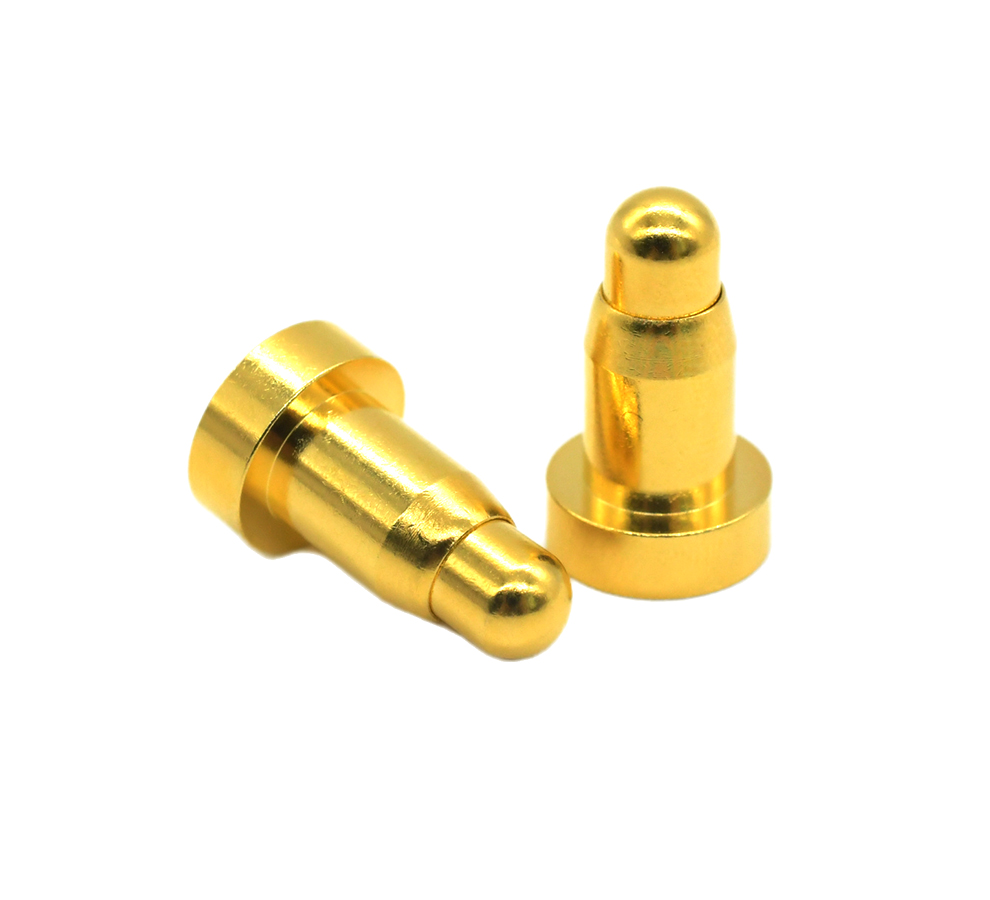Time:2025-07-18 Views:1 source:News

Welding Pogo Pins requires precise techniques to ensure reliable electrical connections and mechanical stability. The unique structure of Pogo Pins, which consists of a spring - loaded pin, barrel, and spring, demands careful handling during the welding process.
Firstly, surface preparation is crucial. Both the Pogo Pin and the circuit board pads must be clean and free of oxidation, dirt, and grease. Flux application plays a vital role in this stage. An appropriate amount of flux should be applied to the pads and the soldering area of the Pogo Pin. The flux helps to remove oxides, improve wetting of the solder, and facilitate a smooth soldering process. However, over - application of flux can lead to residue problems, which may affect the long - term performance of the connection. Therefore, it's important to control the flux quantity precisely.
Temperature control is another critical aspect. The soldering iron temperature should be set according to the type of solder used. For lead - free solders, which are commonly used nowadays, a temperature range of 250 - 300°C is typically recommended. If the temperature is too low, the solder may not flow properly, resulting in poor wetting and cold joints. On the other hand, excessive temperature can damage the Pogo Pin's components, such as melting the spring or deforming the pin. During soldering, the soldering iron tip should be in contact with the pad and the Pogo Pin for a short period, usually around 2 - 3 seconds, to ensure sufficient heat transfer without overheating.
Moreover, the soldering method also matters. For Pogo Pins, a manual soldering technique with a fine - tip soldering iron is often preferred for small - scale production. When soldering, the solder wire should be fed to the joint area in a controlled manner, ensuring that the solder wets both the Pogo Pin and the pad evenly. After soldering, it's essential to inspect the joints for any signs of defects, such as bridging, insufficient solder, or solder balls. X - ray inspection can be used for more accurate and in - depth examination of the soldered joints, especially for hidden connections.
Finally, post - soldering cleaning is necessary. Residual flux, if not removed, can cause corrosion and electrical insulation problems over time. Appropriate cleaning agents, such as isopropyl alcohol, can be used to clean the soldered area thoroughly. Gentle brushing or ultrasonic cleaning methods can be applied depending on the requirements, ensuring that the Pogo Pin assembly is clean and ready for use.
Read recommendations:
Convenient installation of Pogo Pin Connector
European standard socket five-piece set
High - frequency Quick insertion and removal of pogopin for PCBA
What should we pay attention to during the charging process of the charging pile?